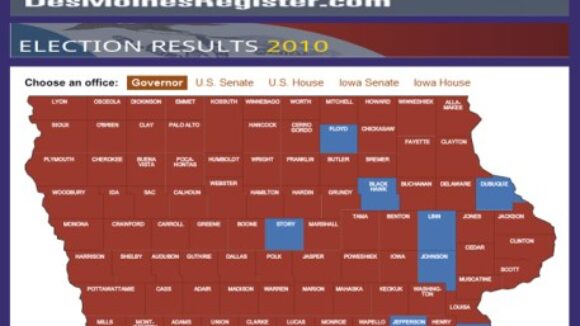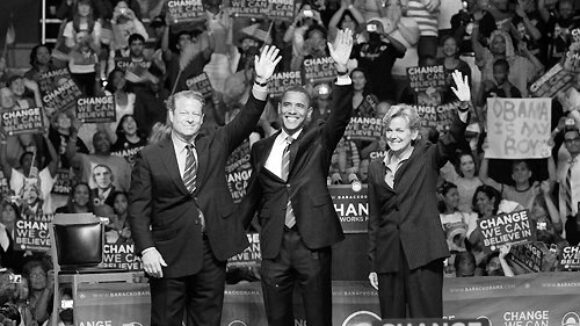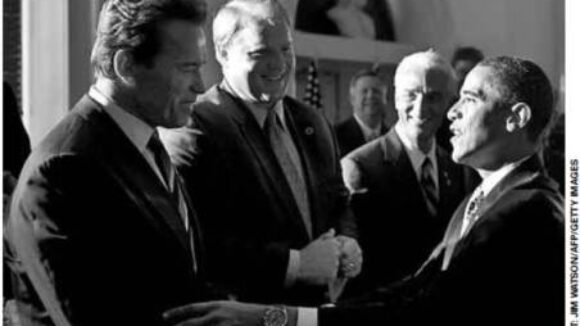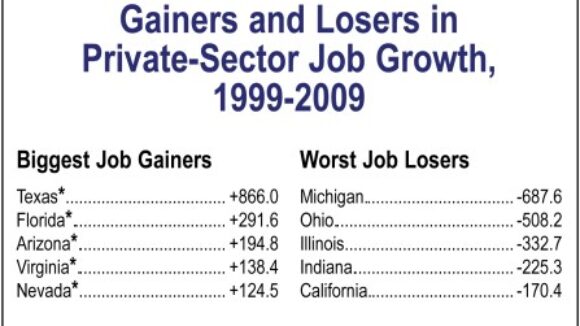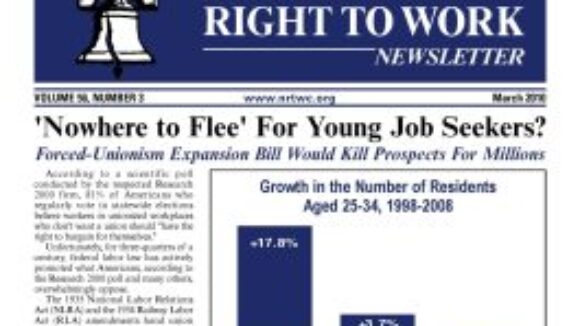Iowans Repudiate Pro-Forced Unionism Governor
Right to Work Makes Major Gains in State Legislative Contests (Source: December 2010 NRTWC Newsletter) It takes a lot to convince Iowa citizens to oust a sitting governor. Until this fall, the last time a Hawkeye State chief executive failed to get another term after seeking one was in 1962! But over the past four years, Big Labor Democrat Gov. Chet Culver wore out Iowans' considerable patience. On November 2, he was one of 13 incumbent governors on the ballot across America. Eleven of these incumbents won, but Mr. Culver lost by a hefty 53% to 43% margin. What had Chet Culver done to receive such a harsh rebuke from normally amiable Midwesterners? He tried to gut Iowa's popular Right to Work law -- and he was sneaky about it. After saying nothing about the Right to Work issue during his successful 2006 gubernatorial campaign, Mr. Culver announced, almost as soon as the votes were counted, his support for legislation imposing forced union dues and fees on Iowa workers as a condition of employment. Since Mr. Culver's fellow Democrats controlled substantial majorities in both chambers of the Iowa Legislature that greeted him upon his inauguration in early 2007, it seemed Big Labor's stealthy scheme to bring back forced unionism to the state six decades after it had been banned would succeed. For four years, Gov. Culver tried to help union bosses extract forced fees from workers who choose not to join. But freedom-loving Iowans first thwarted him legislatively and then defeated him at the polls. But the National Right to Work Committee and the Iowans for Right to Work Committee were already mobilizing resistance. Pro-Right to Work Iowan Stopped Forced-Union-Fee Schemes in 2007 and 2009 Even before the new Legislature convened in January 2007, the National Committee began sending out a series of statewide and targeted mailings to members and supporters in Iowa, with a focus on selected House and Senate members in vulnerable seats.
